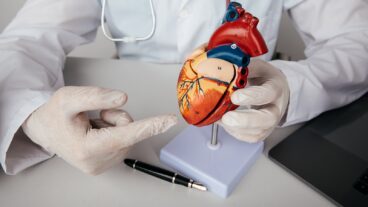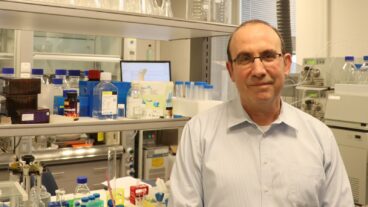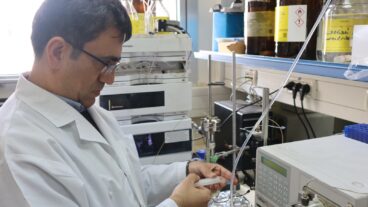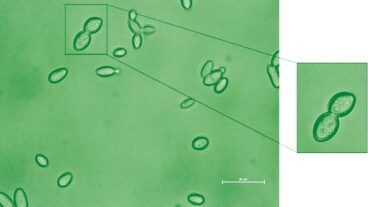Alois Alzheimer, for whom Alzheimer’s is named, published the first diagnosis of the disease in 1907.The key to new and better Alzheimer’s drugs, less toxic insecticides and potential nerve gas vaccines may lie in the work of researchers at Israel’s Weizmann Institute of Science.
The major breakthrough in this work came in 1991 when Weizmann biophysicist Joel Sussman and neurobiologist Israel Silman were the first to determine the three-dimensional molecular structure of acetylcholinesterase (AChE), an enzyme vital to nerve transmission.
“By creating the first atom-to-atom map of AChE, we were able to visualize exactly what AChE looks like and how it interacts with many Alzheimer’s drugs and other inhibitors,” Sussman said. “What we discovered vastly increased our understanding of how the enzyme works.”
Sussman and Silman’s findings may help researchers create more effective and longer lasting Alzheimer’s drugs. Most drugs now used to treat Alzheimer’s work by temporarily blocking AChE activity. They don’t work for all patients, however, and often stop working for those who initially see results.
An estimated 14 million people suffer from Alzheimer’s worldwide and that number is expected to jump to 22 million by 2025.
The researchers discoveries may also prove useful in developing methods to combat the effects of insecticides and nerve gas. Some of the chemicals found in agricultural insecticides and nerve gases inhibit nerve function by binding to AChE. The binding is irreversible and causes permanent nerve damage or even death.
Since Sussman and Silman published their findings in Science magazine 10 years ago, only two other laboratories in the world have been able to come close to replicating their techniques. Their work has been cited in more than 1,000 journal articles, and the two scientists are constantly called upon to collaborate with pharmaceutical companies, research institutes and scientists all over the world.
In the mid-’90s, Sussman and Silman teamed with researchers from China and the Mayo Clinic to create three-dimensional models of the complex that forms when huperzine A (Hup A) interacts with AChE. Hup A is a natural substance derived from a moss used for centuries in traditional Chinese medicine.
Clinical trials in China suggest that Hup A may be more effective and have fewer side effects than the synthetic drugs now used. Researchers may be able to use Sussman and Silman’s models to create a more effective form of Hup A, as well as better synthetic drugs to treat Alzheimer’s.
Sussman and Silman have recently initiated a study on the structure of beta secretase, one of the enzymes that breaks up amyloid precursor protein (APP) normally found in healthy neurons. Small bits of APP can sometimes stick together to form plaques that may displace or kill brain cells. Some researchers believe Alzheimer’s may be caused by the buildup of too much plaque. Understanding the structure of beta secretase and how it works could help researchers develop drugs to prevent or slow down the plaque formation.
Sussman is also one of the lead scientists working on the Weizmann Institute’s Center for Structural Proteomics. Proteomics is the first stage of the post-genome revolution that seeks to discover which genes code for which proteins. Little is known about most proteins and the role they have in health and disease. Uncovering the three-dimensional structure of proteins is key to understanding protein activity since their shape and form are important aspects of their function and interactions.
The new state-of-the-art proteomics facility will be headed by a team of scientists renowned for their work in protein research. Their discoveries will undoubtedly lead to significant advances in this vast field and ultimately to important biomedical applications.












